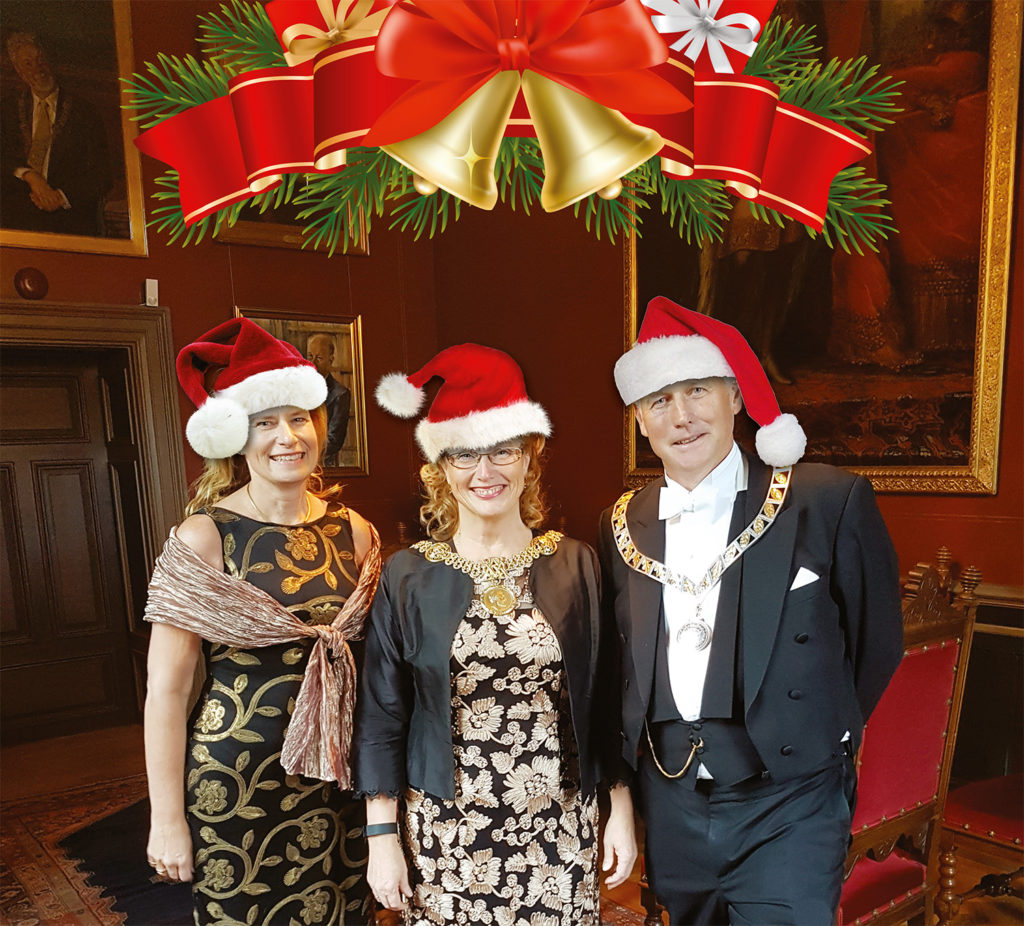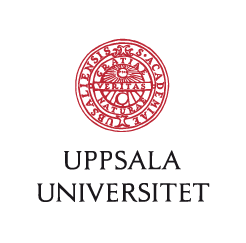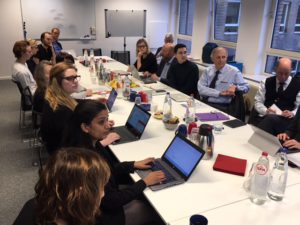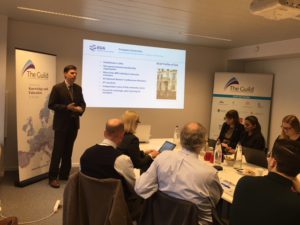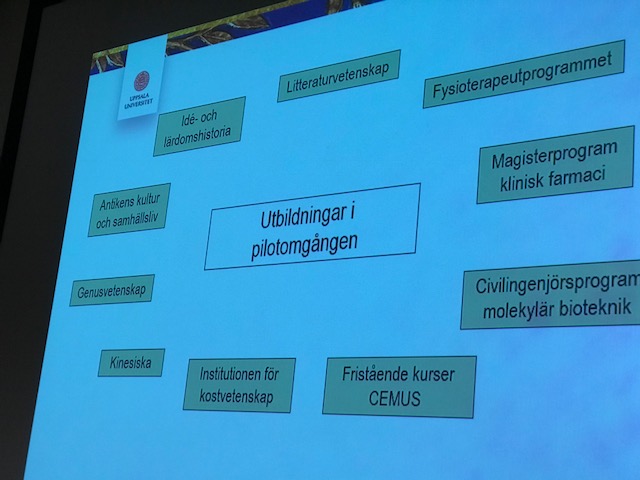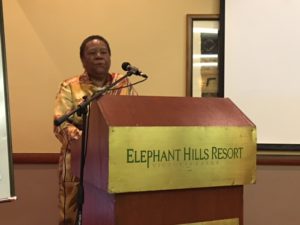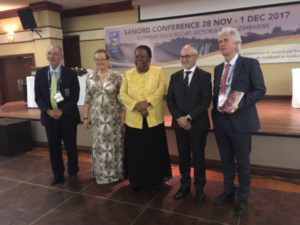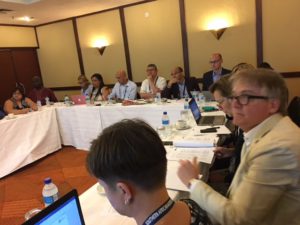With Christmas and the New Year upon us, it is time to sum up and assess a busy year, and to look ahead.
For those of us in the management – and for many members of staff – Quality and Renewal 2017 featured prominently in the year’s work. Together, we have reviewed and analysed all of our research environments. The external review performed by more than 130 critical friends has given us constructive feedback on what works well and what needs development. During the year, we have also started on our educational evaluations. We are steadily gathering the knowledge we need to be able to move our University forward.
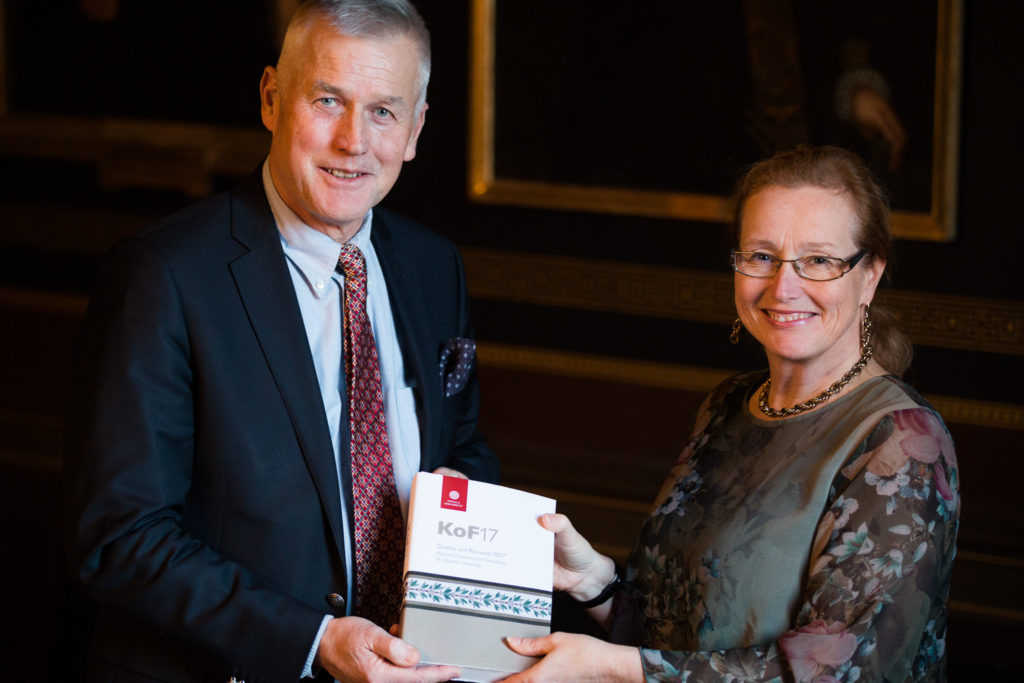
Exercising responsibility for quality is a core university activity and is essential if we are to attract well-qualified students, staff, teachers and researchers. It is pleasing to note that our programmes continue to attract high numbers of applicants. In fact, we have more applications than any other university in Sweden. We also perform well in the annual rankings and obtain a large share of the resources distributed by research funding bodies. However, success does not entitle us to rest on our laurels. We continue to forge ahead. Boundary-crossing research initiatives are a good example. Some of those launched this year are Circus (the Centre for Integrated Research on Culture and Society), the research school UAC (Uppsala Antibiotic Centre), Upptech and UUSI (Uppsala University Sustainability Initiatives).
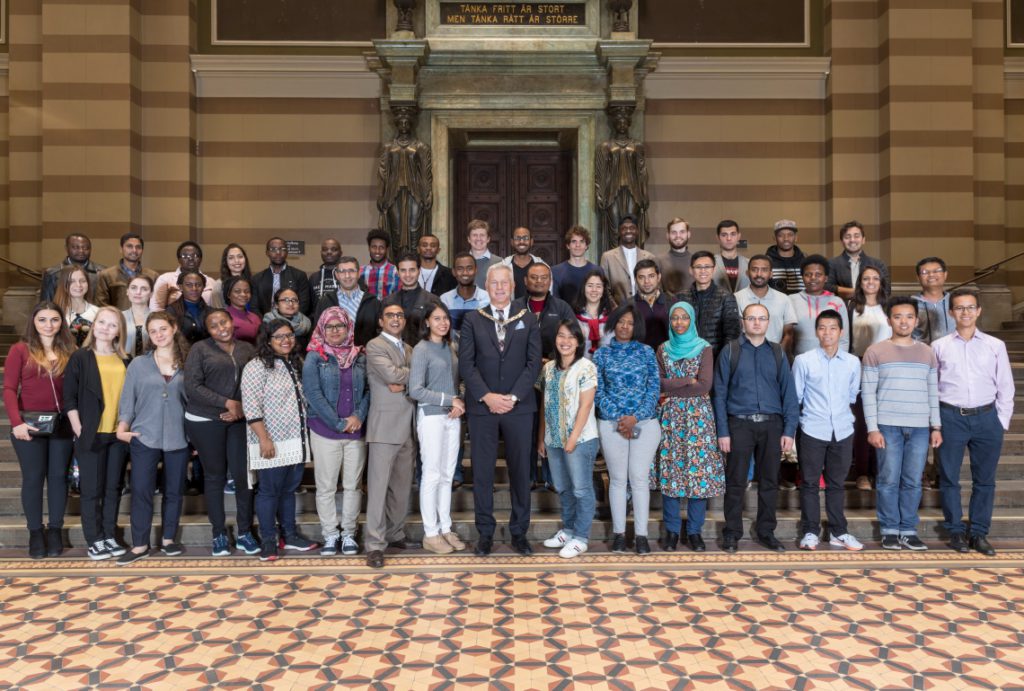
International scholarship recipients.
Photo: Mikael Wallerstedt
‘Boundary-crossing’ is also an apt description of our student body. Our students are a source of inspiration and new perspectives that make us better. We are happy about our growing number of international students, our workplace is multicultural and we have taken major steps this year towards greater internationalisation. Parallel language use is one such step, and we are also endeavouring to take a broader approach to staff recruitment.

International students learning to play Bandy with Uppsala club Sirius.
Foto: Mikael Wallerstedt
The year has also involved a number of inaugurations and new investments in our physical infrastructure. The Segerstedt Building, the Humanities Theatre, the Rudbeck Laboratory, Carolina Rediviva and Ångström are major building projects that have been completed, begun or approved this year. It is exciting to see the expansion and to note how well the new buildings have turned out.
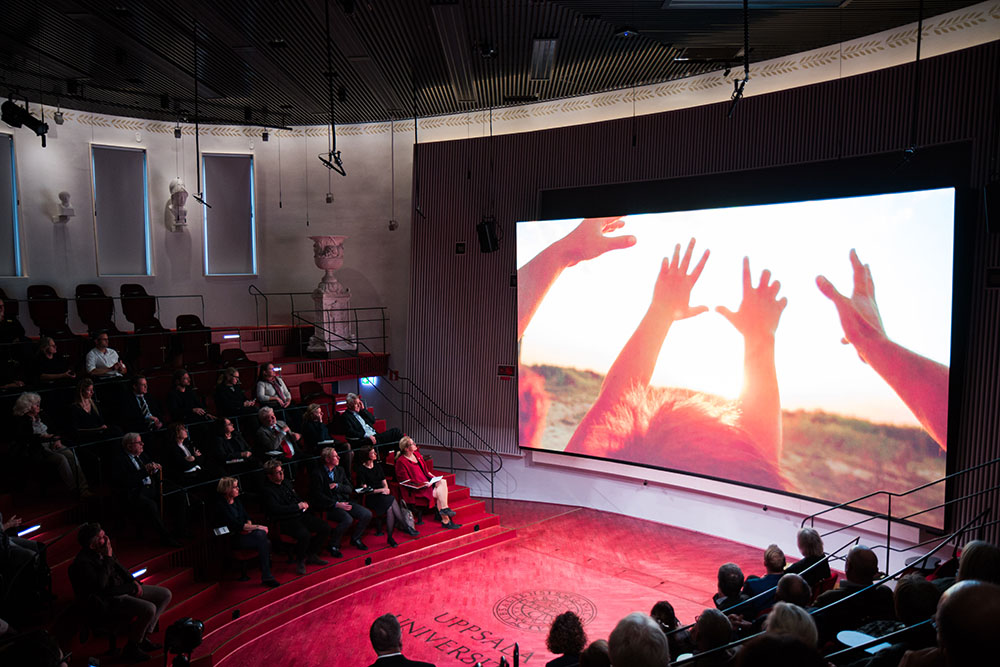
Official opening of the Humanities Theatre. Photo: David Naylor
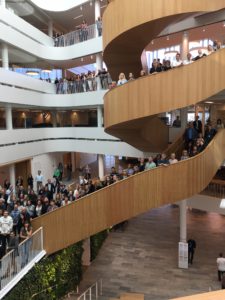
Official opening of the Segerstedt Building.
But all is not well. We live in a troubled world. We have seen terror create chaos and political decisions cause uncertainty. An authority who was a guiding light – Hans Rosling – left us far too soon. In his absence, we must continue to fight against fact resistance and for a more equitable world.
When the world around us is shaking, it is even more important that we stand firm in our convictions and principles. We do so by continuing to promote a more open society. Networks and cooperation are important routes in the right direction and this has been a year of many meetings and many journeys. The Management Council visited partners in the United States, the Guild network gives us a stronger voice in Brussels, the Southern African–Nordic Centre (SANORD) has celebrated its tenth anniversary, the Matariki network is steaming ahead and here in Sweden we have established Lärosäten Öst (Higher Education Institutions East). The year has also been notable for the much-needed discussions on power structures and sexual harassment, on how we behave towards one another and how we protect the vulnerable. The National Centre for Knowledge on Men’s Violence Against Women and its telephone helpline have existed for 10 years and sadly are needed more than ever. The #MeToo campaign affects us all and discussions on how to move forward are in full flow.
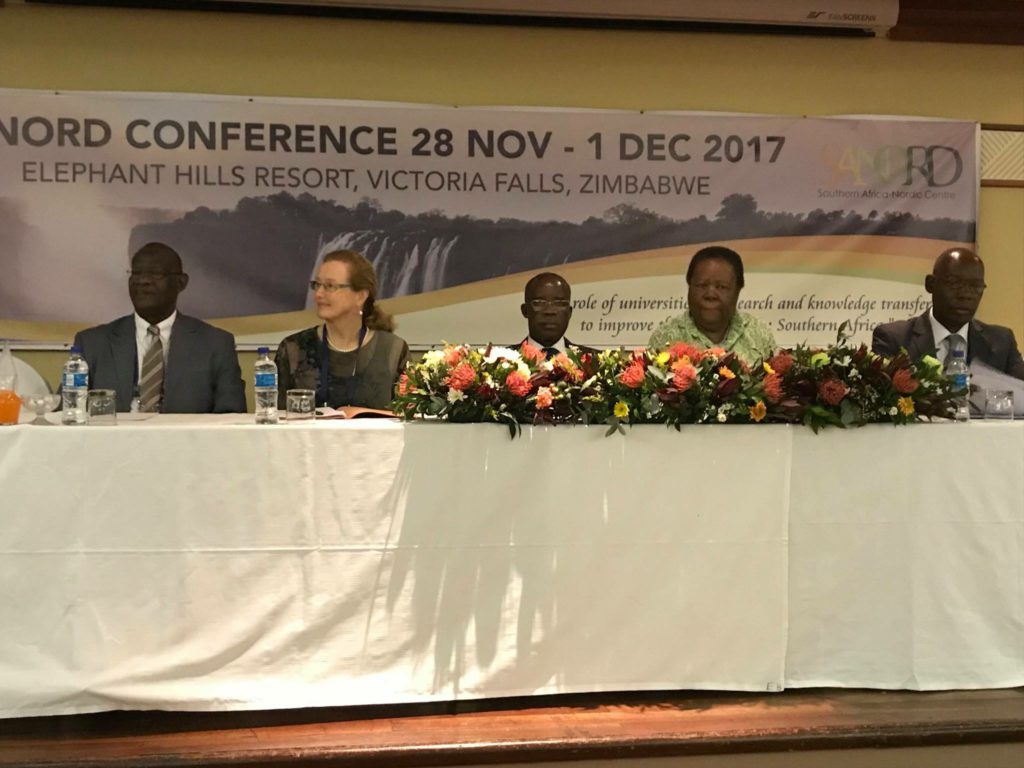
2017 års SANORD-konferens i Zimbabwe.
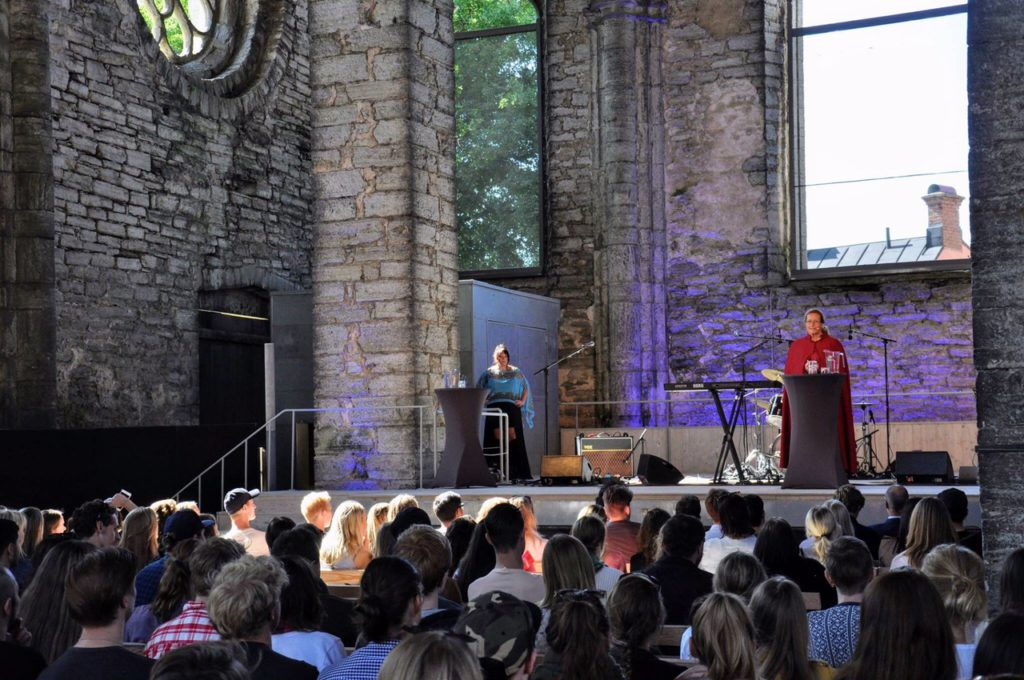
At the welcome reception for new students at Campus Gotland.
At the University, 2017 has been a ‘super election year’. The University Board has a new chair and several new members. Deans and vice-rectors have been newly elected or re-elected for new terms, as have the Vice-Chancellor and Deputy Vice-Chancellor. After all the election and consultation processes, we have an experienced management team that looks forward to the years ahead. One of the things we look forward to in 2018 is celebrating that Gotland has been part of our University for five years. The cooperation is thriving and we have a new programme pointing the way ahead.
Now we would like to conclude by expressing our thanks to our staff and students for the year that has passed, for work well done and for all the enthusiasm and dedication we have encountered during conferences with heads of department and deans, Management Council meetings, visits to departments and students’ unions, student collaboration meetings, staff meetings, meetings with the unions, and more.
We are also grateful for your trust, look forward to seeing you in the New Year and hope that you all enjoy a wonderful ending to 2017.
Eva Åkesson, Vice-Chancellor
Anders Malmberg, Deputy Vice-Chancellor
Katarina Bjelke, University Director
Stellan Sandler, Vice-Rector for Medicine and Pharmacy
Torsten Svensson, Vice-Rector for Humanities and Social Sciences
Johan Tysk, Vice-Rector for Science and Technology
